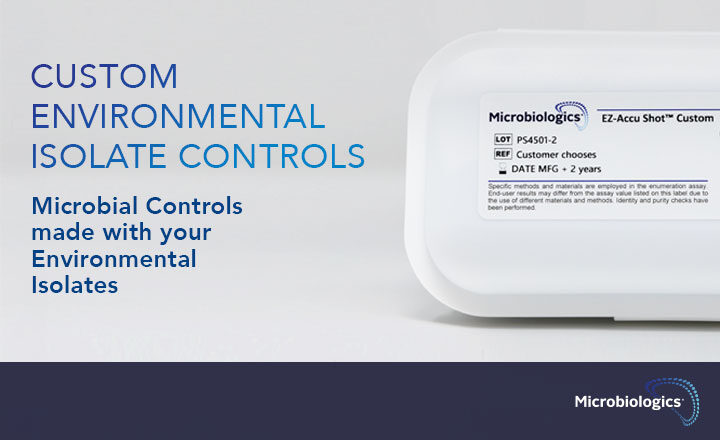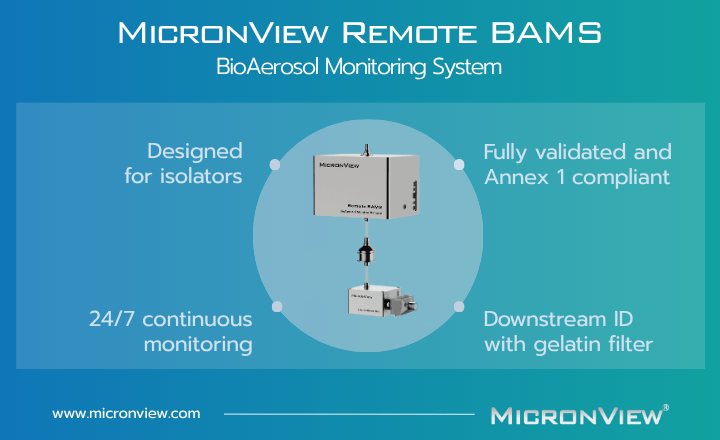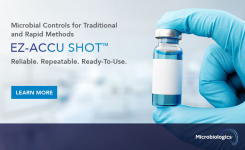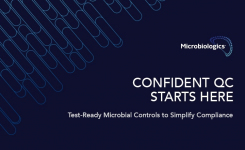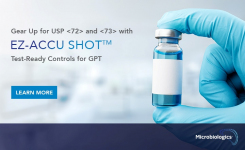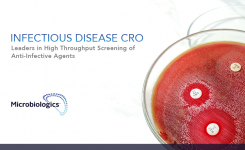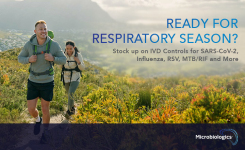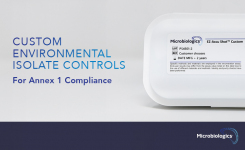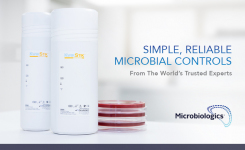Pharmaceutical microbiology laboratories are continually tasked with safeguarding product quality and ensuring patient safety. One key aspect of this responsibility is environmental monitoring, which tracks microbial contamination within controlled environments. Recent industry developments underscore the importance of not only monitoring these environments but also incorporating microbial isolates –– recovered from air, surfaces, utility systems, and microbial assays –– into routine quality control (QC) programs.
Why Include Environmental Isolates in QC Testing?
The inclusion of environmental isolates (a.k.a. in-house isolates or wild-type strains) in QC testing has become an industry best practice, bolstered by mounting evidence of its effectiveness in identifying and controlling microbial risk. Environmental isolates or wild-type strains are more likely to survive and adapt to local conditions, such as disinfectant regimens or cleanroom environments, compared to traditional laboratory strains. By testing against these adapted strains, laboratories can better challenge their QC methods and materials, ultimately reducing the risk of failing to detect harmful pathogens during product release testing.
Omission of environmental isolates from a QC test strain panel has led to an increasing number of regulatory findings. Auditors now place greater emphasis on the comprehensive evaluation of a facility’s microbial environment. Incorporating environmental isolates into assays such as culture media qualification, disinfectant efficacy, antimicrobial effectiveness, and method validation helps ensure that a laboratory’s processes can effectively identify and control potential contaminants.
Evolving Regulatory Expectations: The Impact of Annex 1
Regulatory bodies have begun to codify the importance of environmental isolates in QC testing. A recent revision to the European Commission’s EU GMP Annex 1, “Manufacture of Sterile Medicinal Products,” effective August 2023, highlights the role of environmental monitoring and Contamination Control Strategies (CCS). The updated guidance calls for increased use of environmental isolates in QC, particularly in growth promotion testing (GPT).
Section 10.9 of Annex 1 now mandates that culture media used for environmental monitoring be tested for growth promotion using a scientifically justified group of reference microorganisms, which must include suitably representative local isolates. This update emphasizes the necessity of using environmental isolates to ensure that sampling methods are effective in recovering potential contaminants.
This regulatory shift reflects the evolving understanding that local microbial flora, particularly those isolated from a facility’s environment, pose significant risks. By incorporating these isolates into QC testing, laboratories not only comply with regulatory requirements but also enhance their ability to detect potential microbial threats in real-world conditions.
Best Practices for Incorporating Environmental Isolates
While incorporating environmental isolates into a QC program offers significant benefits, doing so poses certain challenges. Maintaining in-house collections of these isolates can be resource-intensive, and the risk of cross-contamination or strain mutation is ever-present. Laboratories must also manage the viability of these organisms over time.
To mitigate these challenges, partnering with experts in microbial quality control can simplify the process. For instance, Microbiologics offers comprehensive services to preserve, manufacture, and prepare environmental isolates in test-ready formats tailored to specific QC applications. This approach helps laboratories focus on core testing activities while reducing the risk of strain degradation or contamination.
Microbiologics' microbial controls are delivered in a lyophilized pellet format, making them highly stable and easy to handle. These controls are shipped at ambient temperature and stored between 2-8°C, eliminating the need for freezing. Their catalog features tried-and-true product formats known for consistent, reliable performance, such as EZ-Accu Shot™ for GPT.
Conclusion
Incorporating environmental isolates into QC testing panels is not only a regulatory expectation but also an essential practice for maintaining product safety. By aligning with industry best practices and adapting to evolving regulatory standards, laboratories can ensure a robust contamination control strategy that significantly reduces the risk of undetected pathogens.
For laboratories looking to simplify the process of incorporating environmental isolates, partners like Microbiologics offer valuable solutions in multiple formats to support and empower the ongoing success of their QC programs. To ensure isolate controls are ready for reordering with quick turnaround times and low minimum quantities, Microbiologics preserves and stores all custom strains, so that labs can maintain their QC programs without delays.
Learn More & Request a Quote


